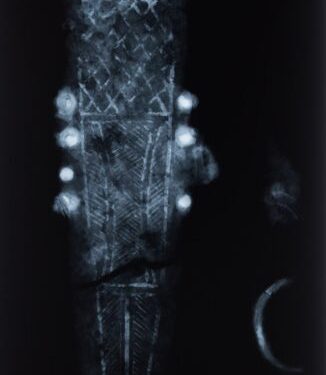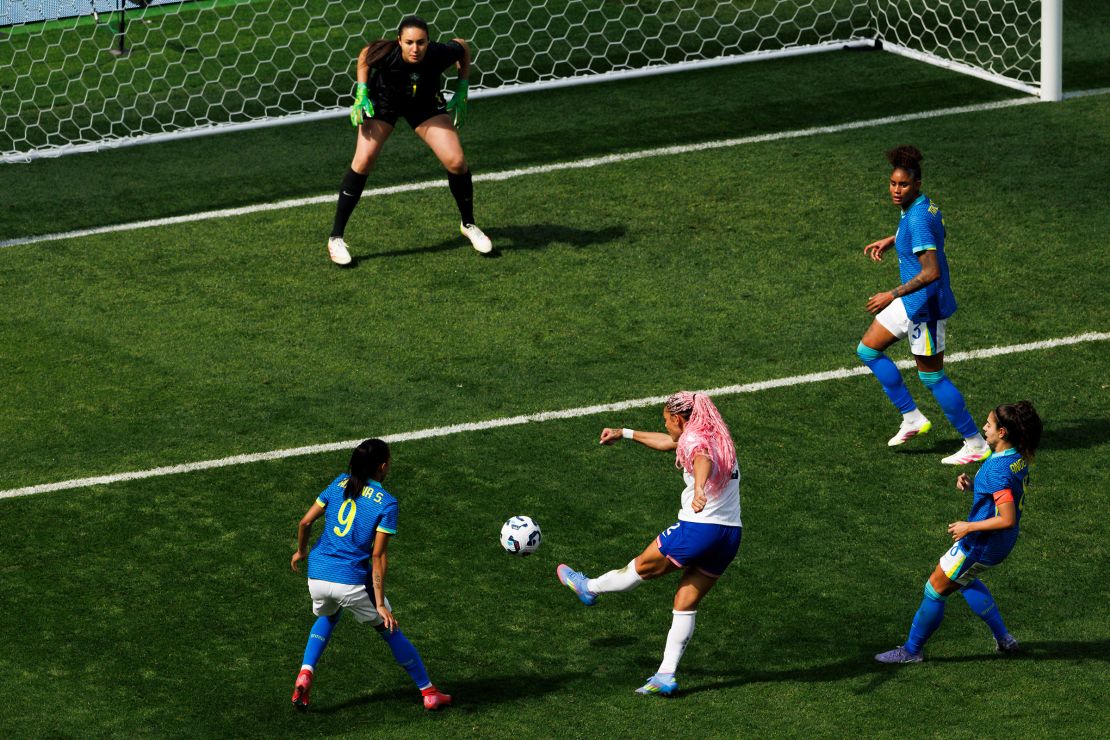A surprising archaeological discovery emerged under a sports field in the simmer district of Vienna. During the renovation of the region in October of last year, construction workers discovered a mass tomb which contained the remains of around 150 people.
Following an in -depth investigation, experts from the Archeology Department of Vienna and November GmbH confirmed that the bones probably belonged to Roman legionaries Who died in combat almost two thousand years ago.
Proof of a violent conflict
The first examinations revealed that all people buried in the grave of mass were menmainly aged between 20 and 30 years old. According to archaeologists, skeletons have not shown no sign of long -term illness or illness.
Instead, many bones displayed a coherent trauma with battle injuriesincluding injuries of daggers, swords, spears and projectiles. The results, supported by uniformity and the arrangement of organizations, have excluded any link to a hospital or an epidemic.
The researchers also noted a particular detail: the teeth of the fell soldiers were in a remarkably good condition. Although this suggests a relatively healthy population, he did not finally protect them from the violence they encountered on the battlefield.
These injuries, jointly with other artifacts found on the spot, undoubtedly point to a large -scale deadly conflict between Roman troops and Germanic fighters.


Roman Roman artefacts
Among the articles unearthed on the burial site were included Armor scales, spearheads, a headset piece, shoe nailsand partially preserved iron stabbing. The dagger, in particular, helped the experts to go out on the site. X -ray scans of the sheath revealed decorative inlays made from silver threadA stylistic detail characteristic of Roman military equipment In the middle of the early second century.
Christoph Öllerer, deputy chief of the Vienna Archeology Department, confirmed that this period aligned with the Roman military activity known in the region. These burial conditions are particularly rare for the period.
“Since the cremations were common in the European parts of the Roman Empire around 100 AD), burials are an absolute exception. The discoveries of Roman skeletons of this period are therefore extremely rare, “noted Kristina Adler-Wölfl, who heads the Archeology department of the city of Vienna.
This rarity makes discovery not only locally significant but also precious on a broader historical scale.
Vindobona and the Danube border
The discovery site is less than seven kilometers from VindobonaThe former Roman military base which finally evolved into modern Vienna. Historical sources indicate that during the reign of Emperor Domitian (81–96 CE)The confrontations between the Roman soldiers and the Germanic tribes were common Danube LimesThe eastern border of the Empire.
So far, these accounts have lacked direct archaeological confirmation in this part of Austria. According to archaeologist Martin Mosser, this newly discovered battlefield “could therefore have been a reason for the expansion of the formerly small military base in the Vindobona legionary camp”.
The physical proof of the conflict provides tangible support for what had previously been deduced from Roman archives. The site represents the First direct archaeological proof of a battle Along this Danube section, potentially reshaping the way historians see the military and urban development of Vienna.
Revisit the foundations of Vienna
In a press release, Vienna Executive Councilor for Culture and Science, Veronica Kaup-Hasler, thought about the importance of discovery.
“In Vienna, we are always ready to meet Roman traces as soon as we open a sidewalk or opens the earth: after all, Vindobona laid the foundation stone of our city,” she said.
Describing the grave as “a real feeling”, she added that it offers a new perspective on the old roots of the city. This accidental encounter with the Martial of Vienna’s past suggests that the transition from the region of a military outpost to a Roman bastion may have been caused by the battle very discovery in simmering.
Until now, the Roman heritage of Vienna was largely shaped by dispersed artifacts and written stories. This change in newly revealed mass series which, offering a detailed and visceral story of a long lost confrontation, helped shape the future of the city.


